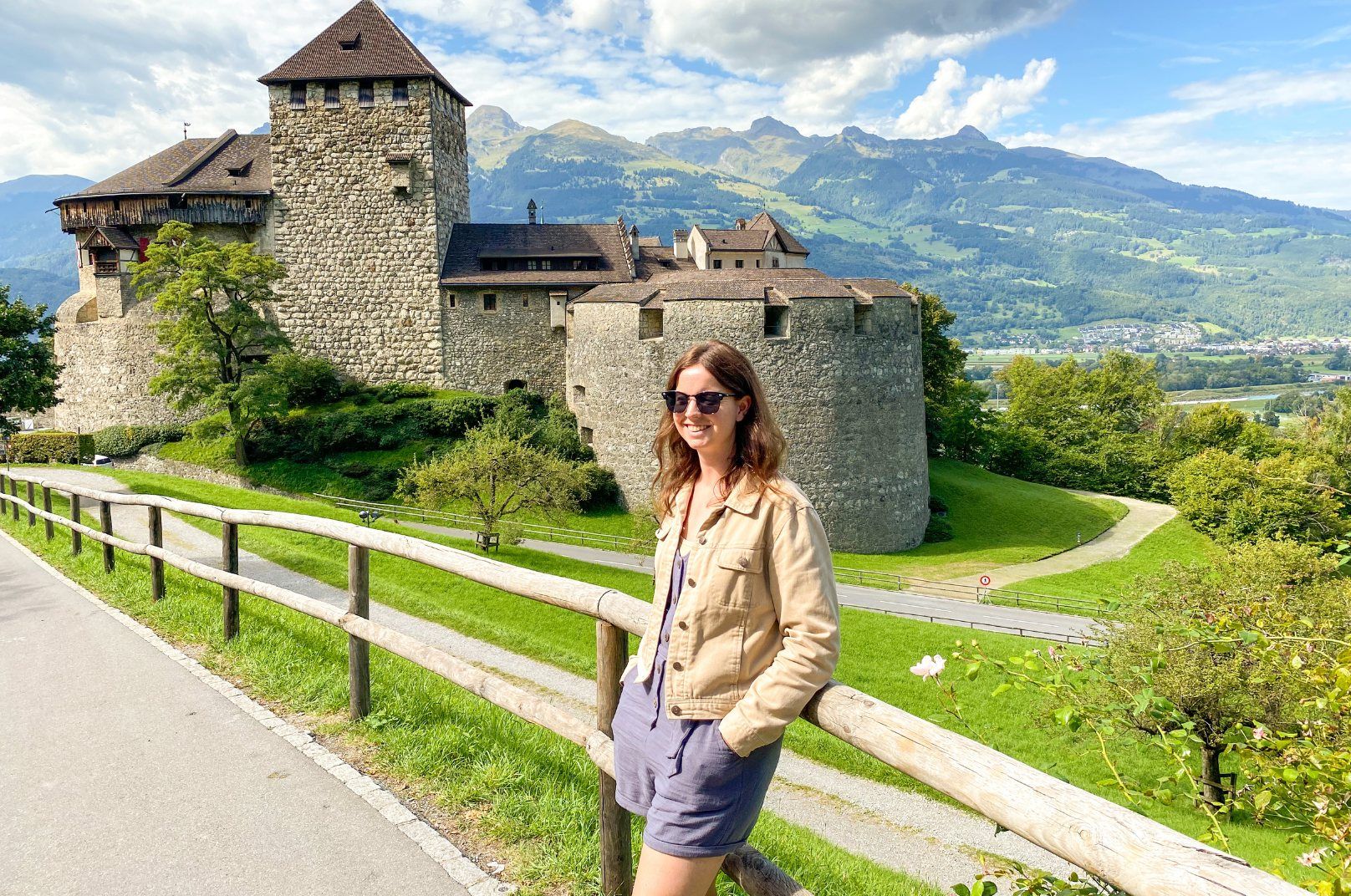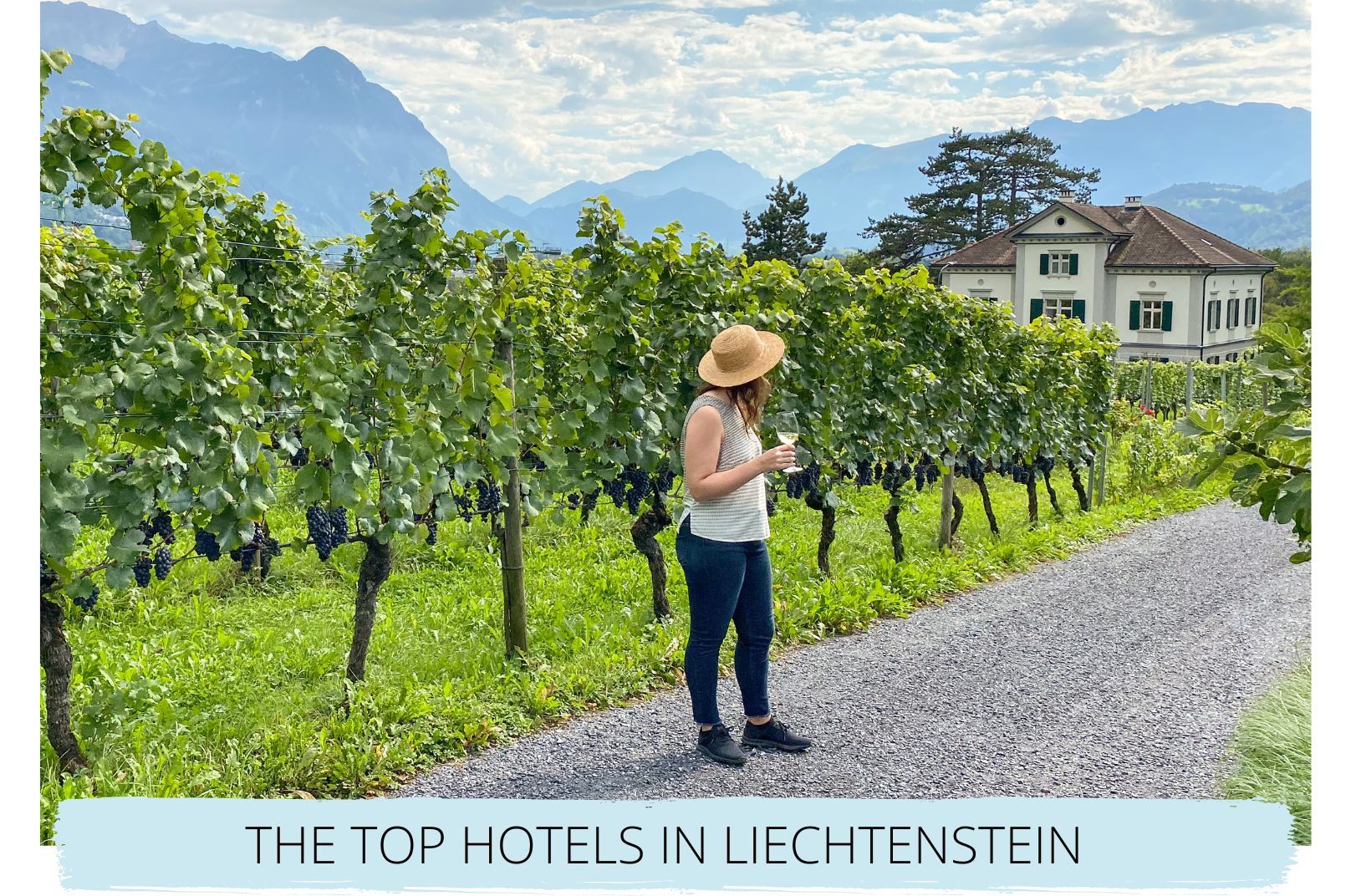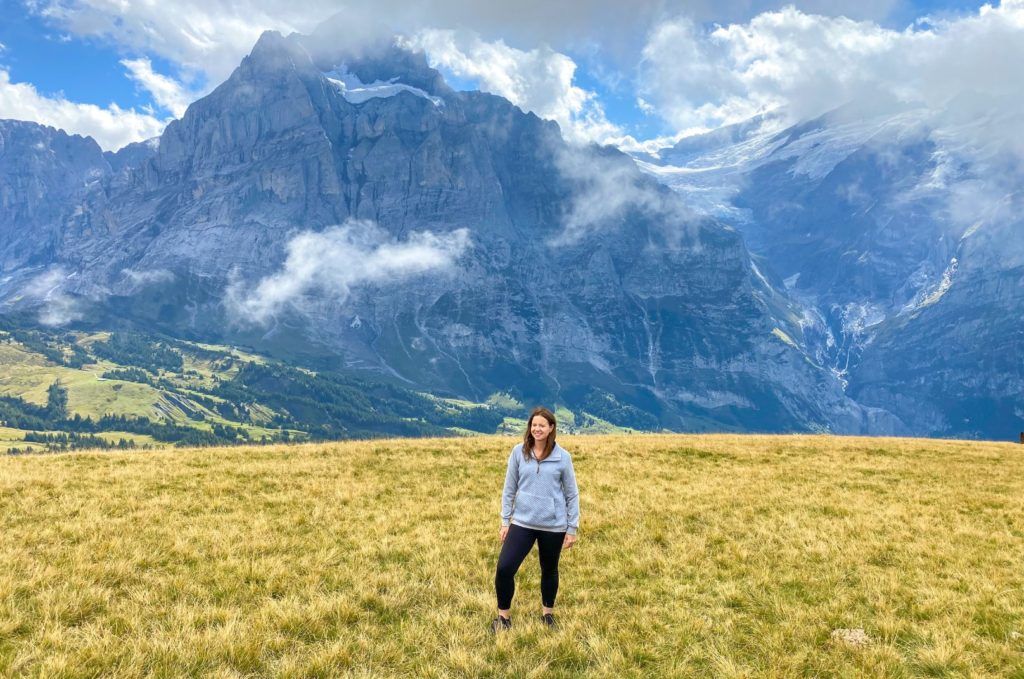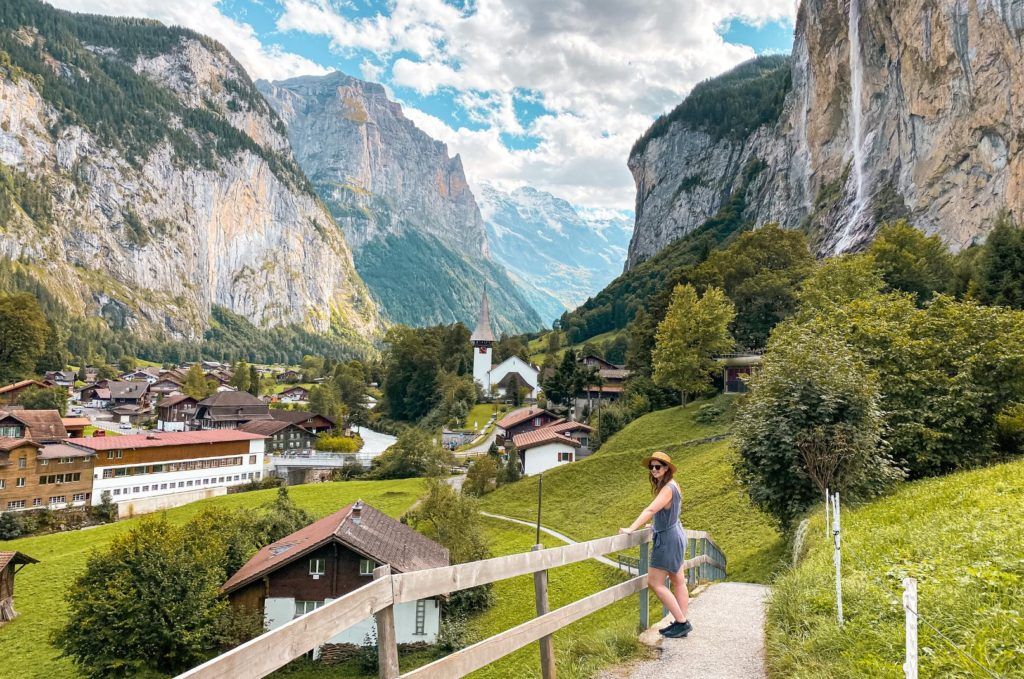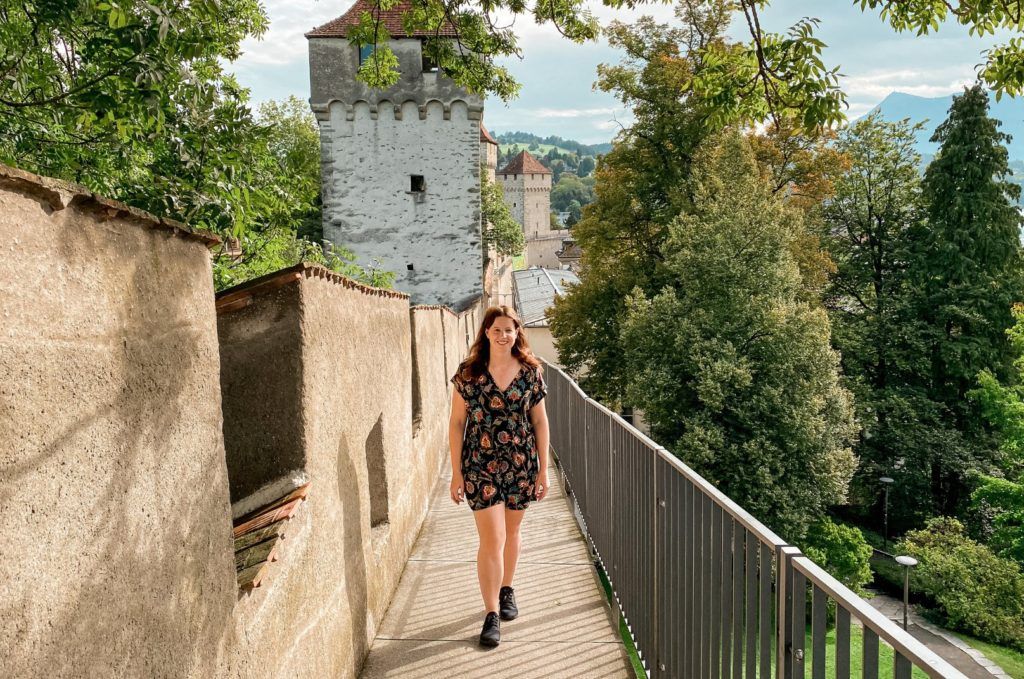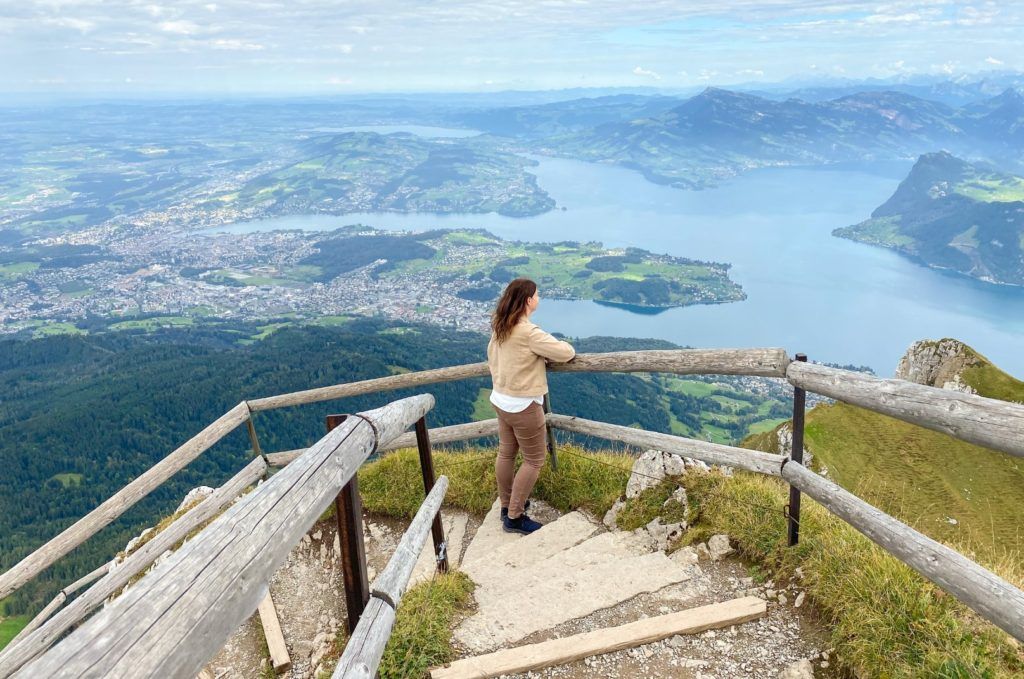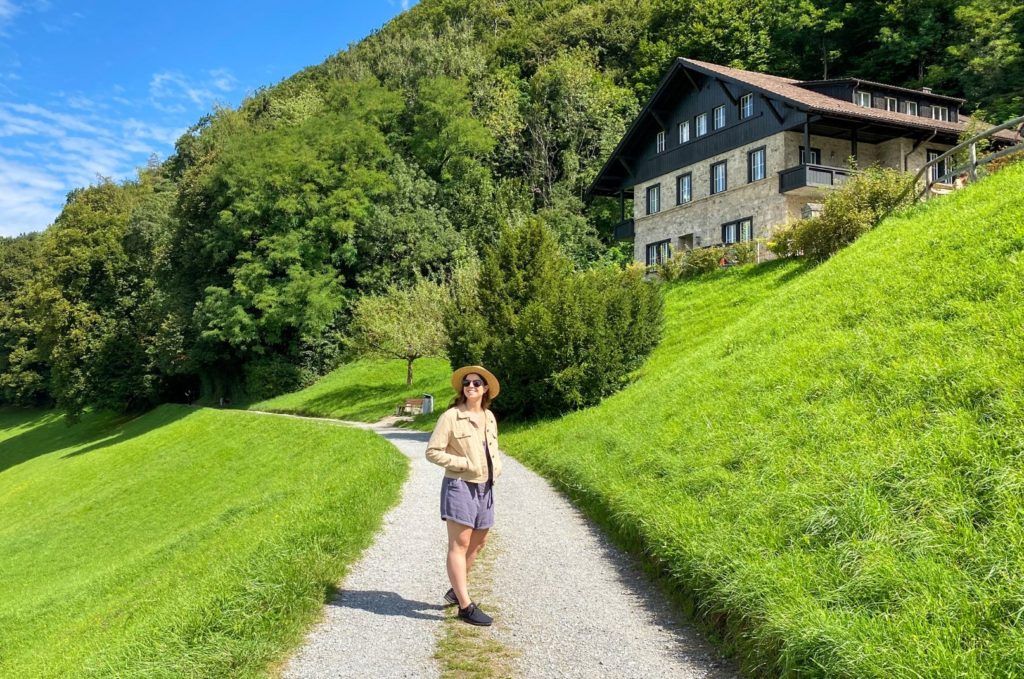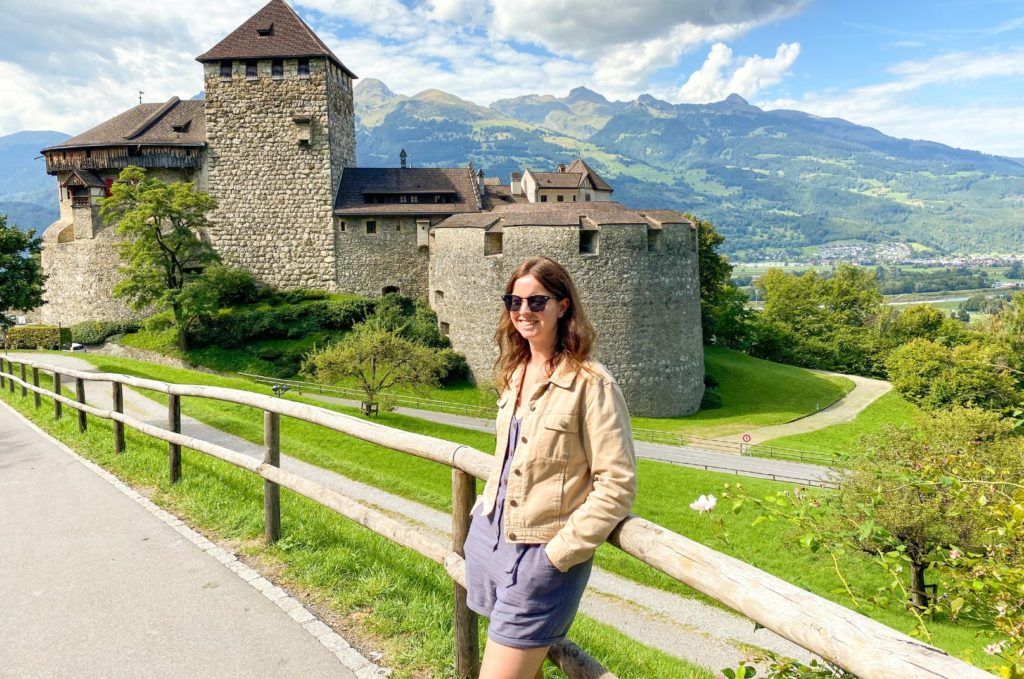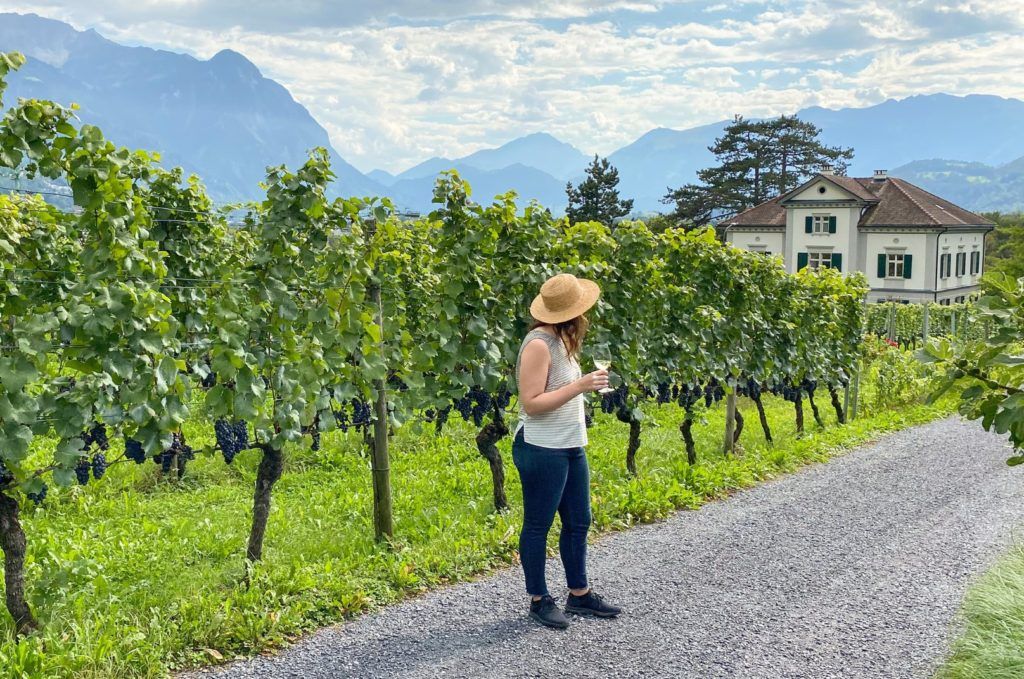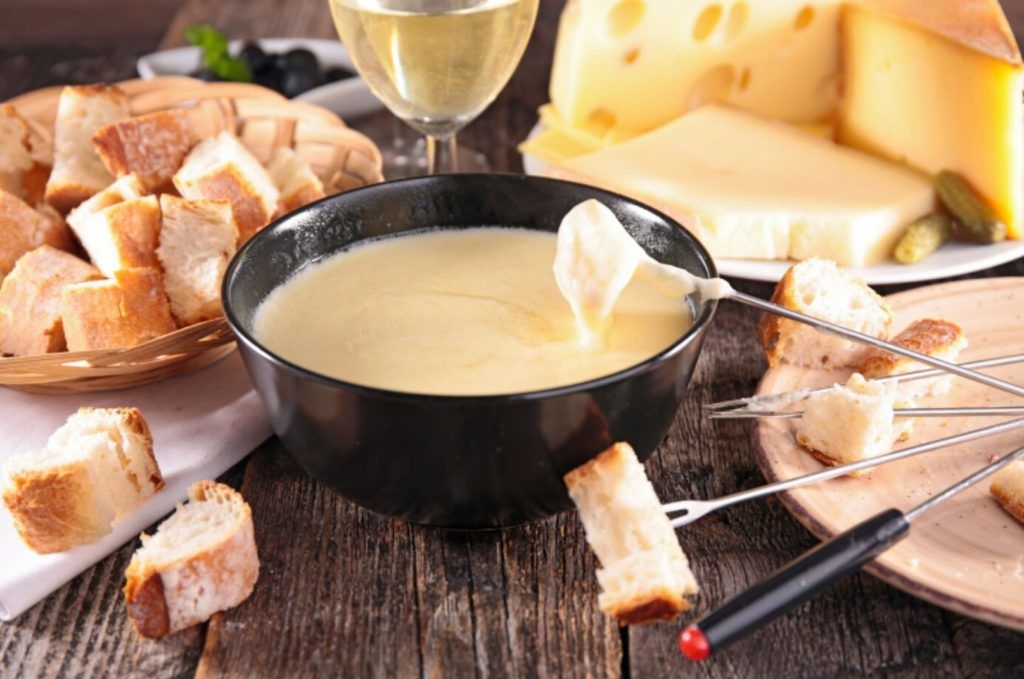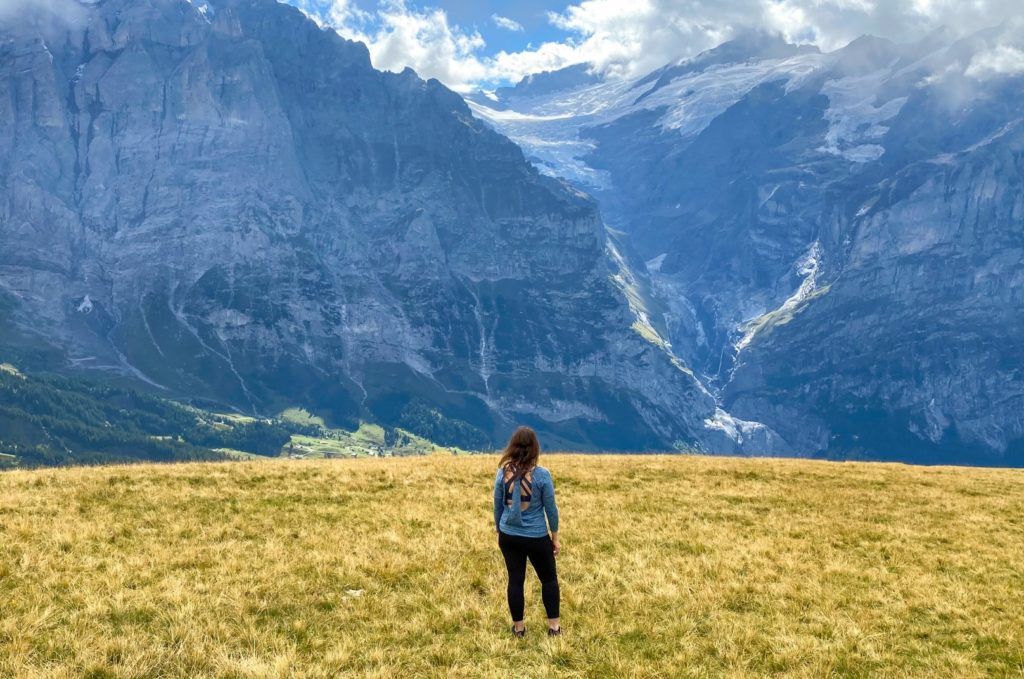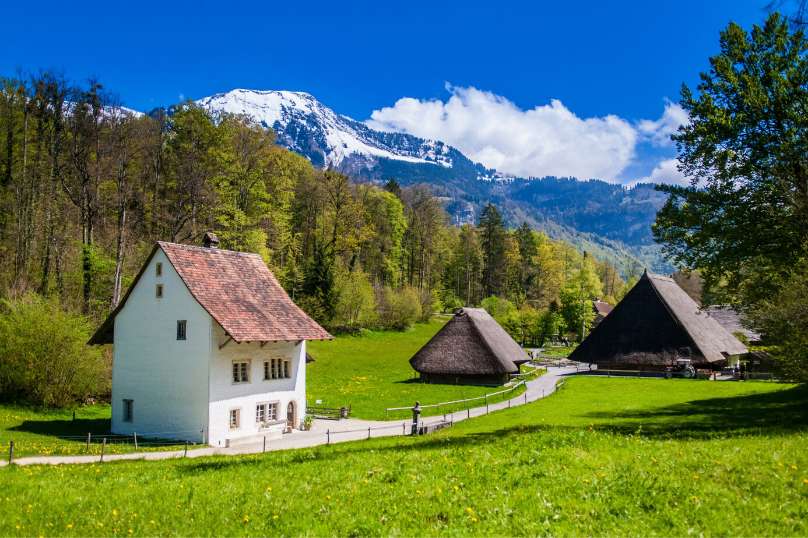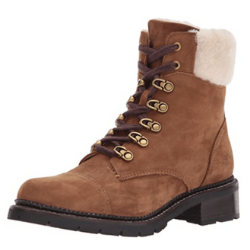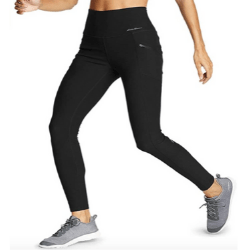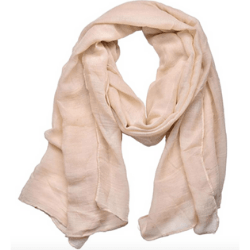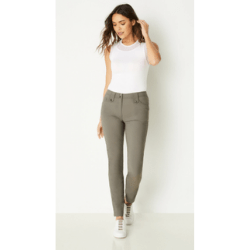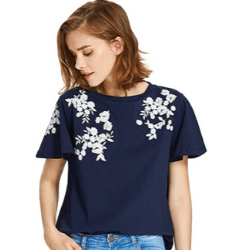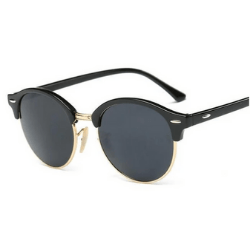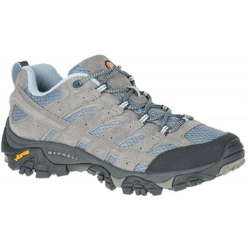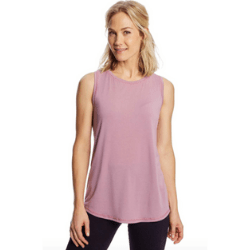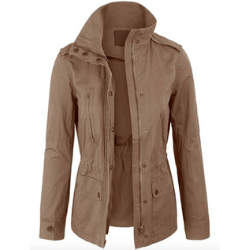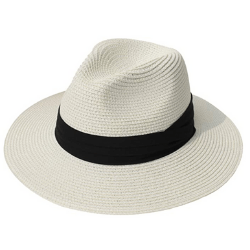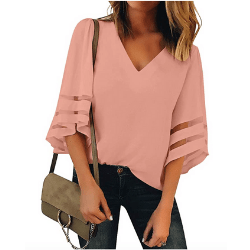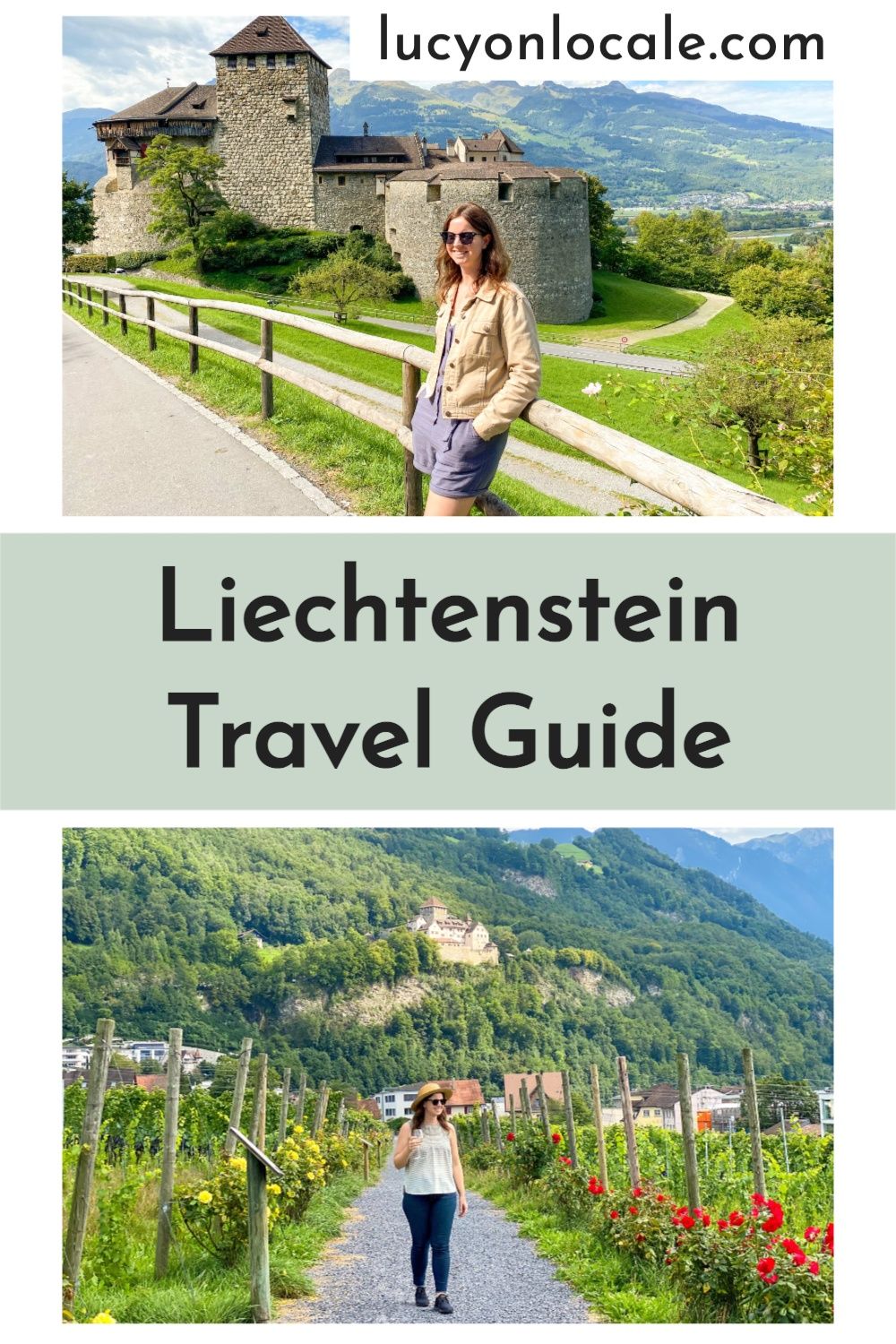Liechtenstein, located between Austria and Switzerland, is one of the smallest countries in the world. This tiny country is home to castles, alpine villages, sweeping valleys, vineyards, and gorgeous mountain landscapes. So this Liechtenstein travel guide has everything you need to know for planning a trip to this off-the-beaten-path destination!
Liechtenstein
Most people visit Liechtenstein on a day trip by car or train. But if you want to spend a long weekend in this tiny country, I recommend visiting in the Spring, Summer, or Fall and renting an e-bike. Bike paths connect the entire country, and there are deals and packages you can book specifically for bike journeys through Liechtenstein.
Ready to plan your trip? Here’s the ultimate Liechtenstein travel guide!

Top Places to Visit

Typical Travel Costs
Exchange Rate
The currency in Liechtenstein is the Swiss franc (Sfr). On average, 1 Sfr equals about £.83 British Pounds, $1.03 U.S., and €,92. Exchange rates are subject to fluctuations, so be sure to check this as your trip approaches.
Rail stations and some larger shops, hotels, and restaurants accept Euros. But your change will be in Swiss francs, and the exchange rate won’t be in your favor. So if you’re in Liechtenstein for more than a day, you’ll want to have Swiss francs on hand.
Accommodation
A hostel room will be in the Sfr30–60 a night range (£25-50, $31-62, €28-55). A budget hotel is around Sfr100 a night (£83, $103, €92). A mid-range hotel is about Sfr200 a night (£165, $205, €184). And more luxury accommodations will start at Sfr300 a night (£248, $310, €276) and go up from there.
Airbnb prices average about Sfr90 (£75, $93, €83).
Food
Taking yourself out to lunch will be around Sfr25 (£21, $26, €23). A dish of the day or fixed two-course menu for dinner will be between Sfr40–70 (£33-58, $41-72, €37-64.50). A three-course dinner in a fine dining restaurant will start at Sfr100 (£83, $103, €92) and go up from there.
Food is relatively expensive in Liechtenstein, so I’d recommend street food if you’re on a budget. If you’re visiting Liechtenstein for more than a day, shopping at grocery stores for some of your meals will also save you money.
Beers average around Sfr8 a drink (£6.60, $8.50, €7, 57 Yuan), and a glass of wine is between Sfr10-25 (£8.25-20.50, $10.50-26, €9-23).
Transportation
Most of Liechtenstein’s towns are walkable. If you don’t want to walk, renting a bike is the best way to navigate in and between towns.
Bus and train transportation between cities can range from Sfr50-100 (£41-83, $51-103, €46-92) depending on how far you’re traveling and what class and amenities you want.
If you’re visiting Liechtenstein for more than a day, I highly recommend renting an e-bike to travel around the country. Liechtenstein has an extensive network of trails and locations to exchange batteries. E-bike rentals are around Sfr40 (£33, $41, €37) per day.
Taxis in Liechtenstein are expensive. The initial charge is around Sfr6.50 (£5.25, $6.75, €6, 46.50 Yuan) plus Sfr3.50 (£2.80, $3.60, €3,25) per kilometer.
Other Expenses
I’d budget around Sfr50 a day (£41, $51.50, €46) for entrance fees, tours, guides, snacks, tips, and souvenirs. If you want to do some adventure activities (skiing, skydiving, etc.), plan on tripling this daily activity budget.
ATMs can be found in almost every town that accept most international bank cards and have multilingual instructions. Your bank or credit card company will often charge a 1% to 2.5% fee, and there may be a small charge on the ATM end.
Credit cards are usually accepted at hotels, shops, and restaurants. Visa and MasterCard are the most widely accepted cards.
Tipping
Many hotels, restaurants, bars, and taxis include a 15% service charge, so check before you tip more. Hotel and railway porters will expect a franc or two per bag.
Suggested Daily Costs
These budget estimates include eating and drinking out at least once a day. Cooking your meals or having picnics will dramatically reduce your daily costs, but you should have at least one authentic meal!
Lower End: Sfr180 a day (£150, $185, €165). Midrange: Sfr270 a day (£223, $278, €248). Higher End: Sfr600 a day and up (£495, $617, €553).
MONEY SAVING TIPS
How to Prepare
Vaccinations
The Centers for Disease Control and Prevention (CDC) and World Health Organization (WHO) recommend the following immunizations: tetanus, measles-mumps-rubella (MMR), Hepatitis A, Hepatitis B, rabies and, influenza shots.
Passport Health has additional information on current vaccinations and diseases in Liechtenstein, and I recommend visiting their website for the most up-to-date travel requirements.
Visas
EU and British nationals will need a valid passport for the length of their stay, but no period of validity is required beyond your trip. EU nations may also enter Liechtenstein using a valid national identity card instead of a passport. All other nationals should have a passport valid for at least six months past their stay.
Most nationals don’t need visas when visiting Liechtenstein for less than 90 days. The World Travel Guide has more information on Liechtenstein’s visa and passport requirements.
iVisa is an incredibly helpful resource for obtaining visas. iVisa makes the usually complicated and confusing process of getting a visa easy by taking care of everything for you. You fill out a simple online application, and then iVisa takes care of everything else.
Etiquette
Shake hands when meeting for the first time and when saying goodbye. When shopping, you should say Grüezi (hello) to the employees when entering and Adieu (goodbye) when leaving.
Being late is considered extremely rude.
Greet fellow hikers on trails with a hello: Grüezi (singular) or Grüezi mitenand (plural).
If you’re toasting, look your toasting partner in the eye when clinking glasses and say Prost (cheers). Locals think a lack of eye contact when toasting will bring you bad luck!
For Planning Your Trip
When To Go
Liechtenstein’s high season is June through August, when tourists and prices are at their peak. December – March is the high season for ski resorts and snow sports.
Liechtenstein’s shoulder seasons are from April – June, and September. There are fewer tourists, lower prices, and moderate temperatures during these months. Spring is the best time to see those iconic Alpine flower fields, and the Fall is when you can see the grape harvests.
The low season is October – March for everywhere in the country that isn’t a ski resort. It’s cold during these months, and most places are open fewer days a week and for shorter hours a day. But travel costs can be up to 50% less during these months.
Because some trails and sites close during the winter, if you’re thinking about going in the winter (especially if you don’t want to do snow sports), make sure your top destinations and attractions will be open.
What To Pack
In addition to your usual travel essentials, you’ll want these items in Liechtenstein:
Day pack, water bottle, and sturdy shoes since you’ll probably be doing at least one hike or bike ride. If you’re doing any treks, make sure you have any specialized clothing or equipment you might need.
Electrical outlets in Liechtenstein are Types C and J. So if you’re from the EU, you won’t need an outlet adaptor. But British, U.S., and other travelers will need an adaptor.
Rain jacket because there’s always a chance of rain. If you’re here in the winter months, you’ll want several warm layers and a waterproof outer layer for rain, sleet, or snow.
But even if you’re here in the Summer months, you’ll want a lightweight fleece, sweater, or mid-weight jacket. It gets cool all year in the mornings and evenings in the higher elevations.
What To Wear
A professional personal appearance is important to locals in Liechtenstein. So to dress like the locals, pack practical dressy-casual clothes. Long or capri pants, skirts, and dresses for women and long pants for men. You won’t see locals wearing shorts unless they’re about to jump in a lake.
Now, you can wear athletic gear, white tennis shoes, or graphic tees, but your appearance will single you out as a tourist. I’ve found that when traveling, it’s usually better to blend in. It’s also respectful to dress more as the locals would.
It’s smart to have a layer on hand when you’re visiting churches or other religious sites to cover your shoulders out of respect.
Bring your most comfortable shoes! You’ll be walking A LOT, and you’ll spend a lot of time on trails and cobblestone sidewalks or streets.
Have you been to Liechtenstein? Comment below with anything you’d add to this Liechtenstein travel guide!

Shop My Europe Essentials

Frequently Asked Questions
Is Liechtenstein worth visiting?
Yes!
Liechtenstein, located between Austria and Switzerland, is one of the smallest countries in the world. This tiny country is home to castles, alpine villages, sweeping valleys, vineyards, and gorgeous mountain landscapes. So this Liechtenstein travel guide has everything you need to know for planning a trip to this off-the-beaten-path destination!
Most people visit Liechtenstein on a day trip by car or train. But if you want to spend a long weekend in this tiny country, I recommend visiting in the Spring, Summer, or Fall and renting an e-bike. Bike paths connect the entire country, and there are deals and packages you can book specifically for bike journeys through Liechtenstein.
Is Liechtenstein tourist friendly?
Yes, Liechtenstein is easy and incredible to visit!
Top Places To Visit:
1. Gutenburg Castle2. Malbun3. The Old Bridge4. The Prince’s Way5. The Prince of Liechtenstein Winery6. The Red House7. Vaduz8. Vaduz CastleHow do most tourists get to Liechtenstein?
Most people visit Liechtenstein on a day trip by car or train. But if you want to spend a long weekend in this tiny country, I recommend visiting in the Spring, Summer, or Fall and renting an e-bike. Bike paths connect the entire country, and there are deals and packages you can book specifically for bike journeys through Liechtenstein.
Know Before You Go To Liechtenstein:
1. The currency in Liechtenstein is the Swiss franc (Sfr). Exchange rates are subject to fluctuations, so be sure to check this as your trip approaches. On average, 1 Sfr equals about £.83 British Pounds, $1.03 U.S., and €,92.
2. Many hotels, restaurants, bars, and taxis include a 15% service charge, so check before you tip more. Hotel and railway porters will expect a franc or two per bag.
3. Shake hands when meeting for the first time and when saying goodbye. When shopping, you should say Grüezi (hello) to the employees when entering and Adieu (goodbye) when leaving.
4. Being late is considered extremely rude.
5. Greet fellow hikers on trails with a hello: Grüezi (singular) or Grüezi mitenand (plural).
6. If you’re toasting, look your toasting partner in the eye when clinking glasses and say Prost (cheers). Locals think a lack of eye contact when toasting will bring you bad luck!
7. Electrical outlets in Liechtenstein are Types C and J. So if you’re from the EU, you won’t need an outlet adaptor. But British, U.S., and other travelers will need an adaptor.
5. A professional personal appearance is important to locals. So, to dress like the locals, pack practical dressy-casual clothes – long or capri pants, skirts, and dresses for women and long pants for men. You won’t see locals wearing shorts unless they’re about to jump in a lake.
Is Vaduz worth seeing?
Yes! Vaduz is a perfect day trip!
Make sure you visit the Old Bridge, The Prince of Liechtenstein Winery, The Red House, and Vaduz Castle.
When To Go:
Liechtenstein’s high season is June through August, when tourists and prices are at their peak. December – March is the high season for ski resorts and snow sports.
Liechtenstein’s shoulder seasons are from April – June, and Septemer. There are fewer tourists, lower prices, and moderate temperatures during these months. Spring is the best time to see those iconic Alpine flower fields, and the Fall is when you can see the grape harvests.
The low season is October – March for everywhere in the country that isn’t a ski resort. It’s cold during these months, and most places are open fewer days a week and for shorter hours a day. But travel costs can be up to 50% less during these months.
Because some trails and sites close during the winter, if you’re thinking about going in the winter (especially if you don’t want to do snow sports), make sure your top destinations and attractions will be open.
Is Liechtenstein cheaper than Switzerland?
Yes, travel costs in Liechtenstein are, on average, cheaper than in Switzerland. Lower End: Sfr180 a day (£150, $185, €165). Midrange: Sfr270 a day (£223, $278, €248). Higher End: Sfr600 a day and up (£495, $617, €553).
But Liechtenstein is still a relatively expensive destination, so these budget tips can help you save some money:
1. Use Travel Points. Liechtenstein is a relatively expensive destination. So this is an excellent place to book a hotel using travel reward points.
2. Eat Out for Lunch Instead of Dinner. If you’re going to eat out, eat out for lunch because meal prices will be lower.
3. Go Veggie. Meat is expensive here, especially beef. So opting for veggie dishes will save you some money.
4. Buy Train Tickets in Advance. If you’re going to travel by train to Liechtenstein, buy your tickets as far in advance as you can to save some money.
Do they speak English in Liechtenstein?
English is widely spoken in Liechtenstein.
What To Pack:
In addition to your usual travel essentials, you’ll want these items in Liechtenstein:
Day pack, water bottle, and sturdy shoes since you’ll probably be doing at least one hike or bike ride. If you’re doing any treks, make sure you have any specialized clothing or equipment you might need.
Electrical outlets in Liechtenstein are Types C and J. So if you’re from the EU, you won’t need an outlet adaptor. But British, U.S., and other travelers will need an adaptor.
Rain jacket because there’s always a chance of rain. If you’re here in the winter months, you’ll want several warm layers and a waterproof outer layer for rain, sleet, or snow.
But even if you’re here in the Summer months, you’ll want a lightweight fleece, sweater, or mid-weight jacket. It gets cool all year in the mornings and evenings in the higher elevations.
Why you should go to Liechtenstein?
Liechtenstein, located between Austria and Switzerland, is one of the smallest countries in the world. This tiny country is home to castles, alpine villages, sweeping valleys, vineyards, and gorgeous mountain landscapes. So this Liechtenstein travel guide has everything you need to know for planning a trip to this off-the-beaten-path destination!
Most people visit Liechtenstein on a day trip by car or train. But if you want to spend a long weekend in this tiny country, I recommend visiting in the Spring, Summer, or Fall and renting an e-bike. Bike paths connect the entire country, and there are deals and packages you can book specifically for bike journeys through Liechtenstein.
Top Places To Visit:
1. Gutenburg Castle2. Malbun3. The Old Bridge4. The Prince’s Way5. The Prince of Liechtenstein Winery6. The Red House7. Vaduz8. Vaduz CastleWhat is Liechtenstein famous for?
Liechtenstein is famous for being the only country in the world with 100% of its territory in the Alpine region. Liechtenstein is also one of only two double landlocked countries in the world.
What To Pack:
In addition to your usual travel essentials, you’ll want these items in Liechtenstein:
Day pack, water bottle, and sturdy shoes since you’ll probably be doing at least one hike or bike ride. If you’re doing any treks, make sure you have any specialized clothing or equipment you might need.
Electrical outlets in Liechtenstein are Types C and J. So if you’re from the EU, you won’t need an outlet adaptor. But British, U.S., and other travelers will need an adaptor.
Rain jacket because there’s always a chance of rain. If you’re here in the winter months, you’ll want several warm layers and a waterproof outer layer for rain, sleet, or snow.
But even if you’re here in the Summer months, you’ll want a lightweight fleece, sweater, or mid-weight jacket. It gets cool all year in the mornings and evenings in the higher elevations.

This Liechtenstein travel guide is not a sponsored post, and, as always, the thoughts and opinions expressed in this Liechtenstein travel guide are entirely my own. Some of the links in this Liechtenstein travel guide are affiliate links, and, at no cost to you, I may earn a small commission.
September 17, 2022
 Travel Shop
Travel Shop Merch
Merch Travel Tips
Travel Tips
 Photography
Photography Points & Miles
Points & Miles Credit Cards
Credit Cards